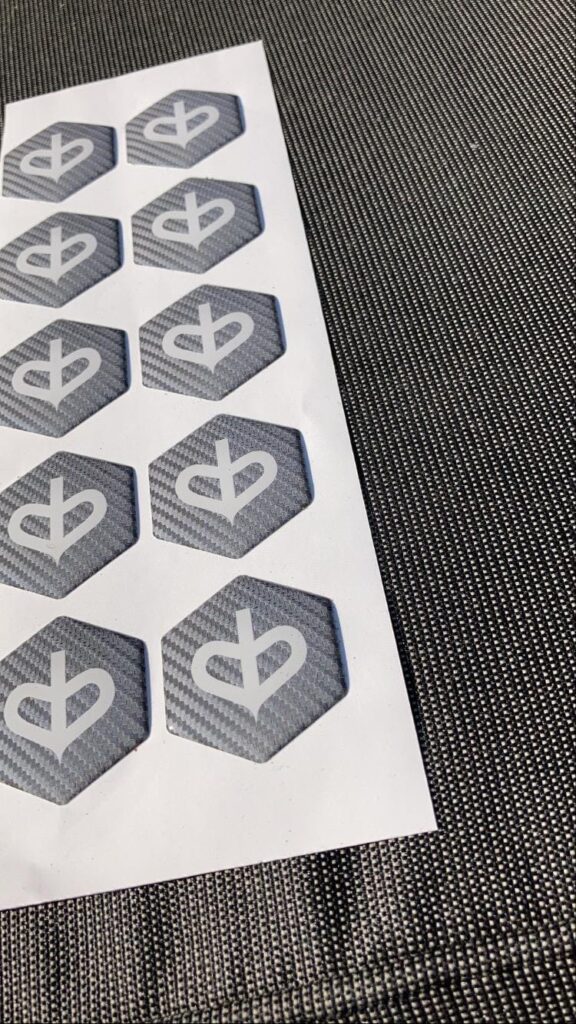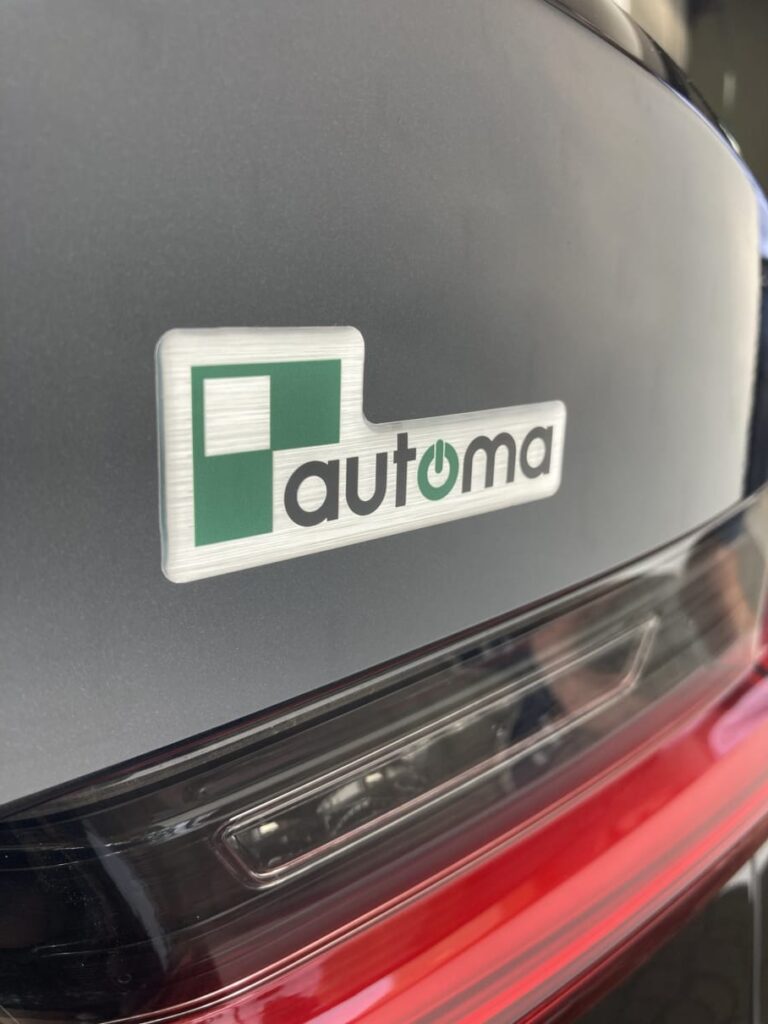Doming stickers, also known as globe stickers, are often used as an elegant way to mark products for various branches. Thanks to their durability and interesting visual effect made by the 3D layer they are often considered as a very attractive promotional product and due to price level reasonable even for limited orders they are affordable even for small production/service companies.
Ok, so let us assume that a decision about ordering doming stickers has been made, but what then? If we are looking for maximizing the available effect, we should think about couple of things, beginning with the foil. Two major things are important – firstly, the effect that a foil offers. It can be a standard white foil, but it can also be a foil with special effects, like chrom (mirror-like foil), brushed metal, silver, gold, carbon, honeycomb in various colors etc. The range is very wide. What is more, the foil effects usually get more intensive under doming resin, so if a “wow” result is expected, it is really worth the effort.
The second thing – the adhesive. Many foils are available in different variants when the „sticky” side is considered. Usually a standard glue is enough, but if we think about placing the stickers on challenging surfaces (uneven or porous), better adhesion properties are recommended. Otherwise our stickers can fall apart or even have difficulties during the application process, which obviously everybody wants to avoid.

Another aspect to consider is printing method. Anyone, who had anything to do with polygraphy knows that there is quite much to choose from – screen-printing, solvent, latex or digital UV to name only a few, but most commonly used to print stickers. Each of them has its advantages and disadvantages:
- Screen-printing involves creating a stencil (the screen mentioned in this method’s name), which afterwards is used to apply layers of ink on the foil surface. Each color is applied one at a time to achieve the final look. The edges of printing are sharp and inks for this technique have usually very low opacity. This method is effective when a bigger number of stickers is needed
- Solvent digital is a much newer technology. It is also perhaps the most common one for stickers, because it is cheap in comparison to other methods, especially when lower quantities are needed and gives a very nice printing quality with gradients available.
- Latex printing is quite similar to solvent, but it is more eco-friendly, offers better quality of prints and is a good option for printing on different types of material (in case of stickers the last advantage does not really matter). It is also usually more expensive than solvent.
- Digital UV is a method were UV curing is involved. Inks in this technology are light-cured to provide an immediate readiness for use after printing process. It has also advantages of all the three mentioned previously methods – low opacity, gradients available and (at least the machine we have at Unital) offers very high quality of prints. The only drawback is the fact, that this technology is the most expensive when compared to those above, however the cost is still more than affordable.
The last thing to do is to define the size and shape of our sticker. It can be a simple circle or rectangle, but it can also be something more complex. The only thing to think about is that it is recommended to avoid sharp angles – they should all be rounded for doming (minimal recommended radius is 2 mm).

As you see, even ordering stickers can be a little challenge… If you have any questions or ideas that you would like to share with us, feel free to contact us! We at Unital are very eager to help you with piece of advice.